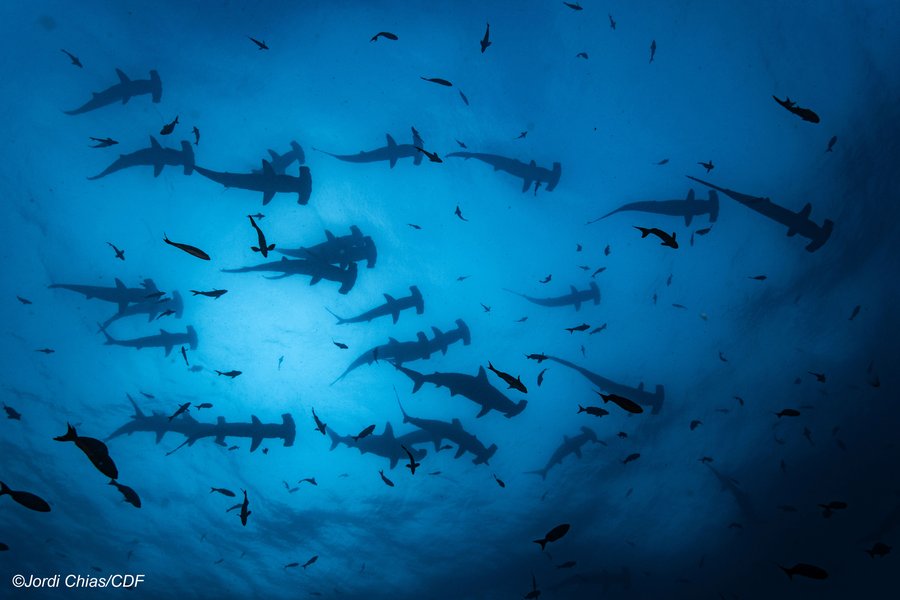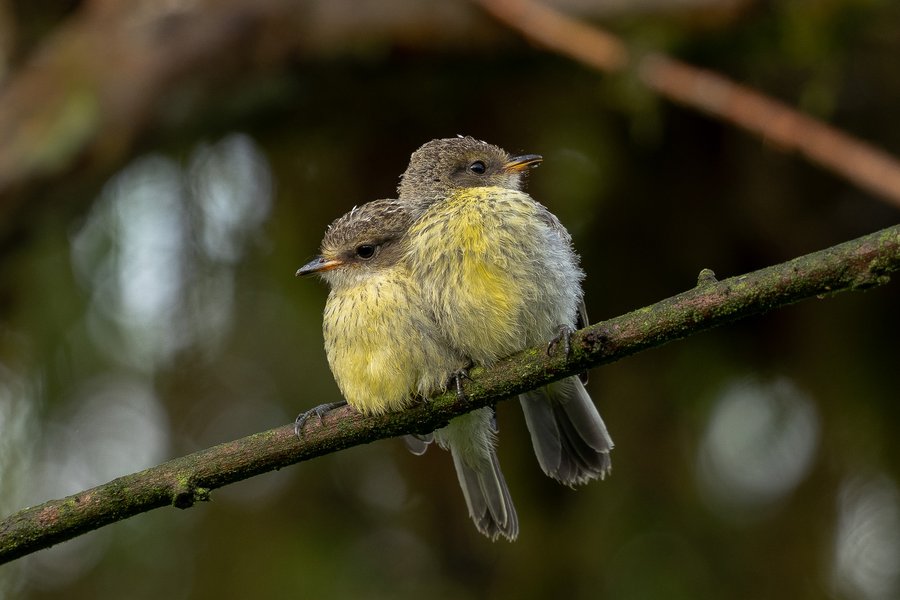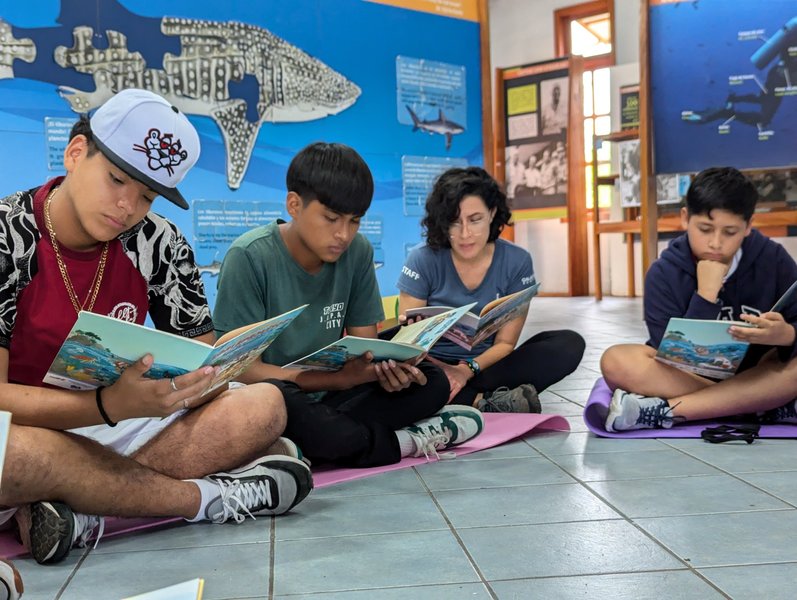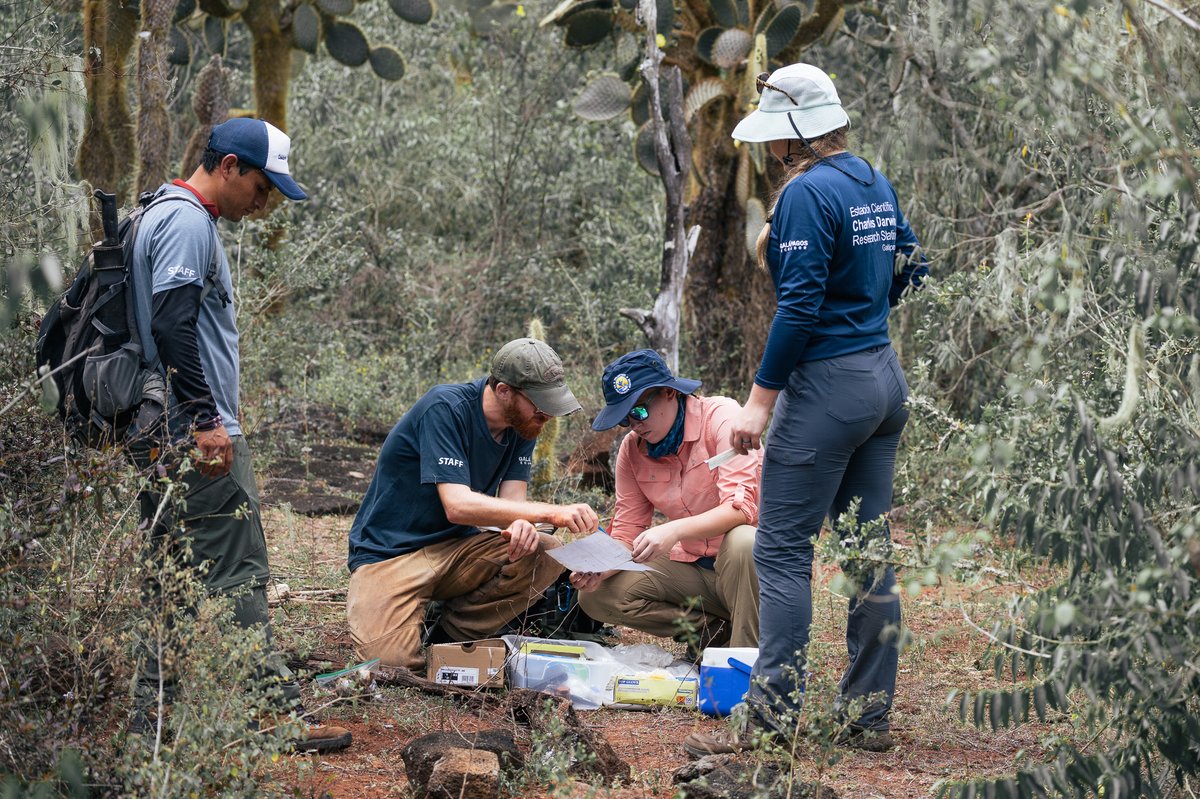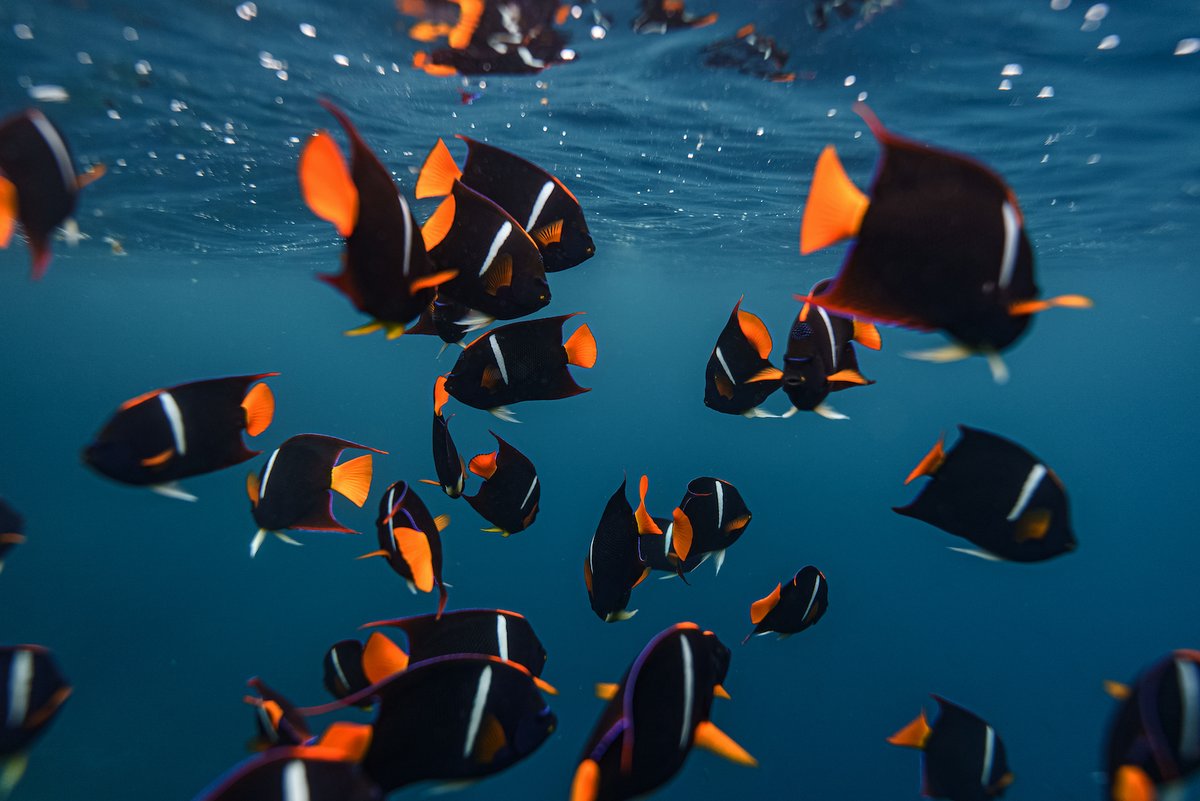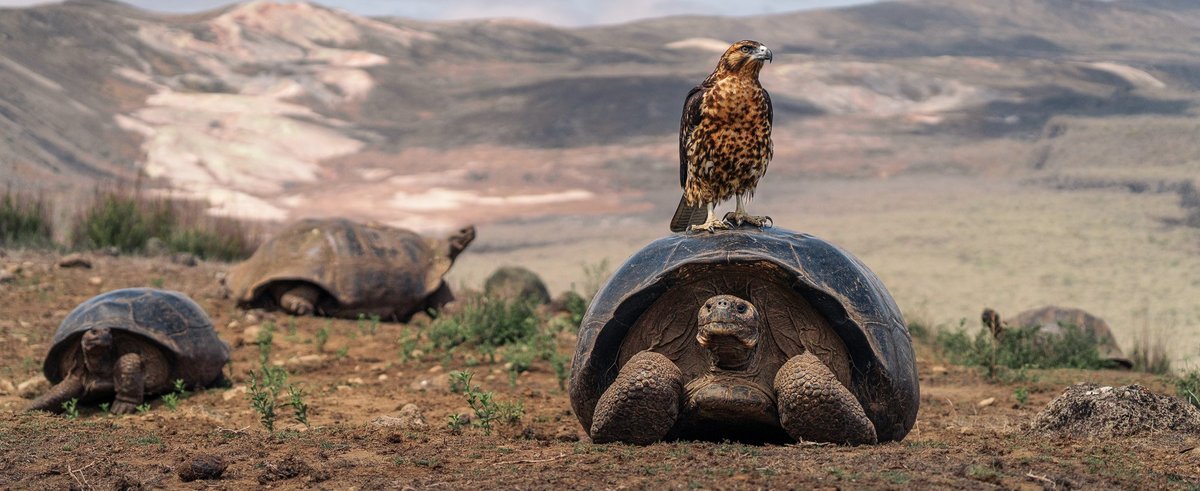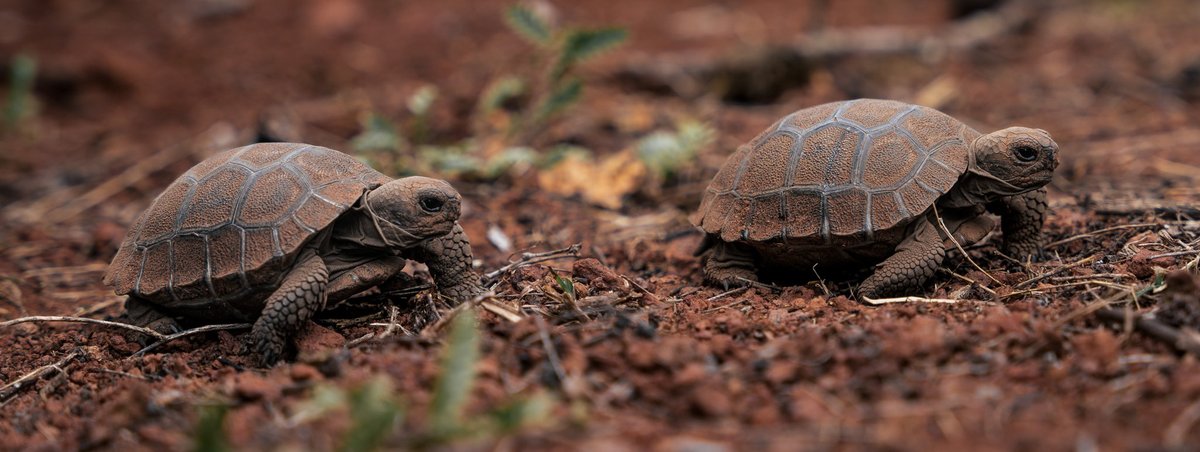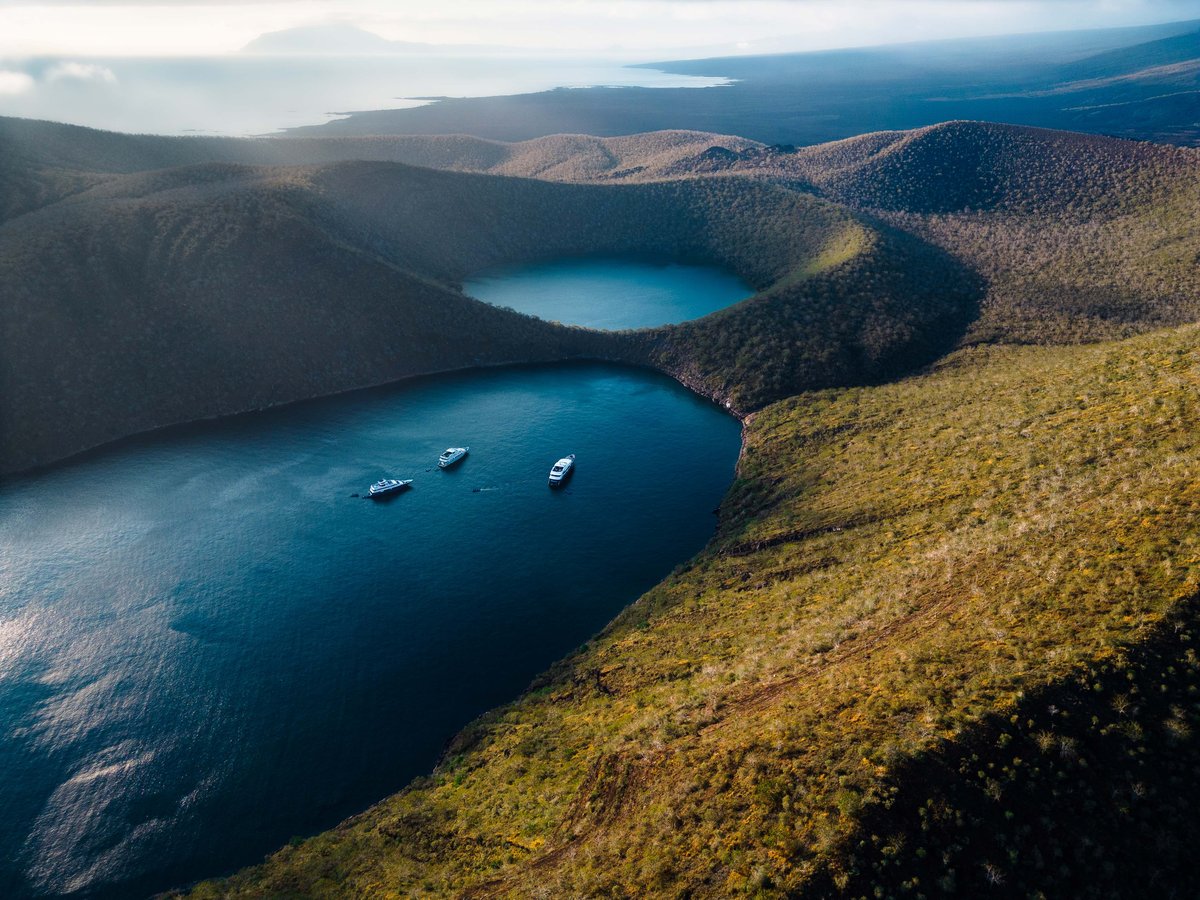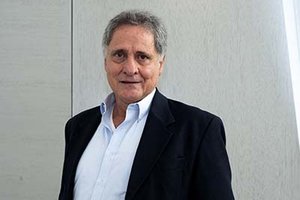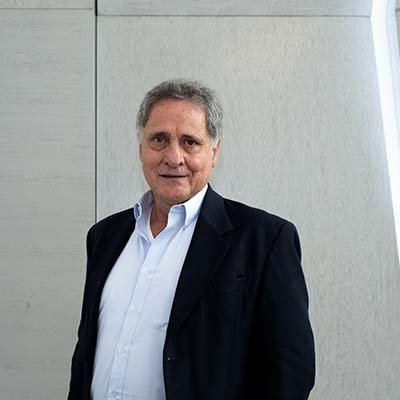65 Years of Science and Conservation: The Living Legacy of the Charles Darwin Foundation
In 2024, the Charles Darwin Foundation (CDF) commemorated 65 years of continuous work in favor of scientific research and conservation of the Galápagos Islands. This anniversary not only marks an outstanding trajectory, but also invites reflection on the role that new generations and authorities must assume to strengthen the protection of this unique natural heritage. The CDF was created in 1959, the same year that the Ecuadorian government declared the islands a National Park. Its birth responded to international concern about the threats faced by various native and endemic species. Researchers such as Robert Bowman and Irenäus Eibl-Eibesfeldt drew attention to this situation, which motivated the global scientific community to promote the creation of a research station in the archipelago. Since then, the Foundation has operated as a non-profit organization with legal headquarters in Belgium, but with a mission deeply rooted in Ecuador. Its work has been possible thanks to constant collaboration with the Galápagos National Park Directorate, state institutions, and an international network of experts. This coordination has been key to generating scientific knowledge, conserving biodiversity, and promoting a culture of respect toward insular ecosystems.
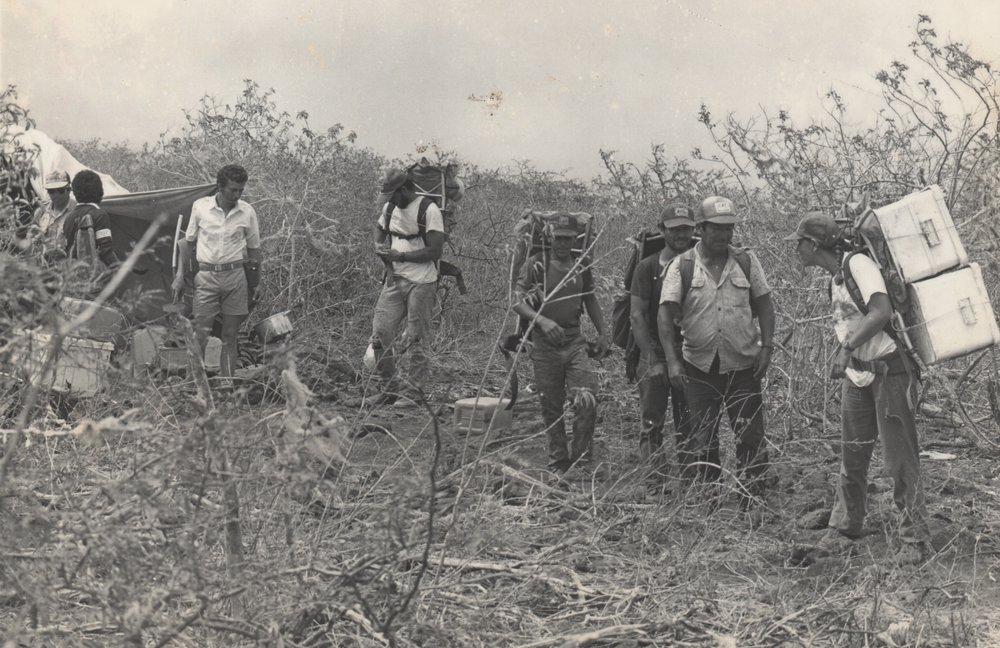
For more than six decades, the CDF has led research that has transformed understanding of Galápagos ecosystems. To mention only two of the many outstanding achievements are the recovery of the giant tortoise, promoted by Craig MacFarland, and the recent discovery of a coral reef in the Marine Reserve. The strong school programs have strengthened environmental awareness in all local communities. The work with, and dedication to national scholarship students, volunteers and visiting scientists from round the world contributed immensely to the success of CDF.
The Foundation's work would not be possible without the commitment of its staff. An emblematic example is Luis Ramos, known as "Don Ramos," who for almost 40 years was the logistical heart of the Scientific Station. His ingenuity, generosity, and dedication ensured that each expedition had what was necessary: from food to clean rainwater in 5 gallon “chibuzos” for weeks of fieldwork, and well repaired tents and backpacks after their use in the field. His retirement in 2010 left a deep mark on the scientific community. Many of you will also remember Don Johnson and his incredible breakfasts which sufficed for the whole day, especially if you paid attention to his daily instruction “eat, man”! His spirit still lingers in the new Inspiration Complex!

The close collaboration of the CDF with the government, universities, NGOs and the community has allowed scientific knowledge to translate into effective public policies. It has also contributed to the formation of new generations of scientists and environmental managers. Reinforcing these alliances is essential for Ecuador to continue leading conservation initiatives in the Pacific.
Looking toward the future, the Science Plan 2025–2030 and the Impact Report 2024 reflect a dynamic and committed institution.
Today, more than ever, with new challenges of climate change, plastic pollution, and to contribute to consolidate an integrated vision for the management of the Eastern Tropical Pacific Marine Conservation Corridor, we have the responsibility to continue this legacy. We cannot be mere observers: we are an active part of a commitment to the islands. The future of Galápagos depends on our actions. Protecting this archipelago is not only about conserving a fragile ecosystem, but also defending a vision of harmony between science, nature, and humanity. That ideal, initiated 65 years ago, calls us to act with responsibility, ethics, and determination.
Most of us, in one way or another, have had our personal and professional lives affected by Galapagos, The National Park and the CDF. Let’s remember with thanks all those who have helped get us where we are now; celebrate worldwide today, and work for the future.
